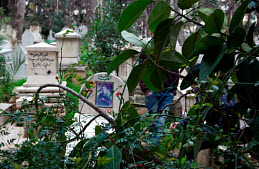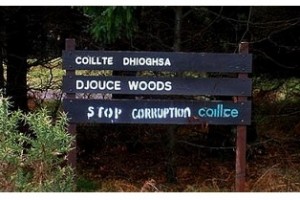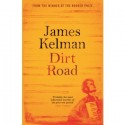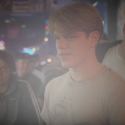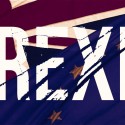This article originally appeared on Conor McCarthy’s blog Reflections From a Damaged Life on the 22nd of July.
The current Israeli offensive against the Gaza Strip recalls earlier interventions over the last several years, going back to Operation Cast Lead in 2008-2009. As this blog has noted before, amidst the welter of reportage and high-octane verbiage brought forth in the media about these events, perhaps the most important thing for us observing, and protesting, from afar is to maintain a sense of the ‘bigger picture’.
As this blog has noted previously, Gaza is a place where violence – the hidden violence embodied and crystalised in the historical and present structures of states and interstate relations, as well as the obvious violence of war and counter-terrorism – over-determines the situation as we witness it now.
Let’s repeat a few simple facts:
- Gaza is the most densely populated region on the planet, with 1.7 million inhabitants. The overwhelming majority of these people are either refugees or the children or grandchildren of refugees – the human detritus of phases of Israeli ethnic cleansing both in 1947-49 and in 1967. The great majority of the population is poor, and unemployment is extremely high, with approximately 60% of the population directly dependent on UNRWA for assistance and food;
- Gaza has never been a sovereign political entity or part of one – it has no army, no formal state apparatus, and it is technically, in spite of Israel’s pull-out of its settlers in 2005, under Israeli occupation. This means that Israel has a duty of care to the Strip and its inhabitants;
- Gaza has historically been the locus of various kinds of Israeli violence: not merely ethnic cleansing, but also land confiscation, illegal colonial settlement, and population transfer; punitive raids into the Strip are not new – the Israeli raid of 1955 stands out. And so amidst our horror at the current savagery meted out to the Strip, we must remember that it is routinely subjected to Israeli internventions, air-raids and killings;
- Gaza has been subject to an Israeli blockade since 2007, which seeks to control all movement not only of alleged Iranian or Syrian weapons supplies to Hamas, but also of food, fuel, medical supplies, and other essentials of even the most basic civil life, and it is surrounded on its Israeli borders by a ‘fence’, which has served as the prototype for the much better-known West Bank ‘security’ wall.

